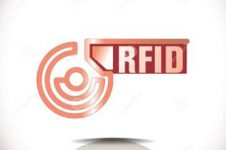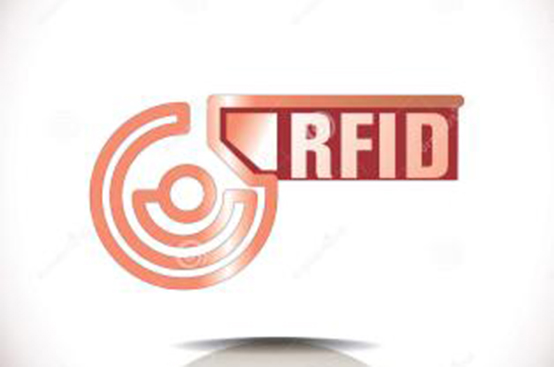
Case analysis of traceability in RFID industry
[ad_1]
Germany uses RFID to track mobile toilets
adcodiensteholding has thousands of mobile toilets in Europe. Every bathroom must be regularly recycled, cleaned, repaired and returned to the customer. In order to better manage this process and provide customers with the latest detailed information on the location and status of each bathroom, the company has attached rfid tags to tens of thousands of plastic toilets.
The management of adcodiensteholding hopes to simplify their bathroom record keeping process and ensure that each bathroom is regularly cleaned and repaired. So we teamed up with it service provider qits to jointly develop this rfid project called “toi-track”. Qits, adcodiensteholding and hoeft&wessel jointly designed a set of readers and tags suitable for toilets. The label is located in the bathroom. The label design must be waterproof, can be read within 30 cm of the bathroom, and can work normally at temperatures below zero. adcodiensteholding also requires the reader battery to have a long life cycle, and its shape and size are suitable for operation by workers with gloves.
Before the application of the rfid project, the cleaning records of each mobile toilet were manually based, such as whether the toilet was cleaned, whether it was returned to the original place, etc. When the cleaning staff returns to the office, the on-duty management staff inspects each record, and then manually sign for confirmation. Since the entire process is carried out manually, it is very error-prone and time-consuming.

The tag is manufactured by ti and includes the ri-trp-r4ffanrfid transponder. It is a plastic card that includes a passive 134.2khz chip and conforms to the iso11785rfid air interface protocol standard. The staff affixed the rfid tag after leaving the factory in the bathroom.
The CEO of Qits said that adcodiensteholding has invested 1.4 million US dollars in this project, and the project has received a return on investment after one year of operation. adcodiensteholding not only saves a lot of time, but also provides better service to customers. “Compared with the previous cleaning records of each mobile toilet, it is manual; when the cleaning staff returns to the office, the on-duty management personnel will check each record and then manually sign for confirmation.” This process is much more convenient. In addition, the collected rfid data allows the company to clearly understand the location of each bathroom, so as to better arrange the rental and maintenance procedures.
COMSOL introduces RFID technology for animal tracking
RFID tags allow you to identify and monitor inanimate and living creatures by using electromagnetic fields. COMSOL Multiphysics version 5.1 introduced a new tutorial model for UHF RFID tags. The application range of UHF RFID tags is larger than that of other types of RFID tags, and they are often used for animal identification. We can evaluate the performance of the tag by analyzing the electric field and far-field radiation patterns.
RFID tags are often used on farm animals. Farmers will add tags to cows and other animals to prove the ownership of these animals, prevent theft, and identify these animals in the event of a sudden disease outbreak.

There are currently three types of UHF RFID tags:
Low frequency (LF) range, high frequency (HF) range, ultra high frequency (UHF) range.
Compared with other RFID, UHF RFID tags have many advantages, so they are very suitable for animal monitoring. Unlike high-frequency tags, UHF RFID tags support reading at close and far distances, so they have a wider range of applications. The data transmission of these tags is usually faster than low-frequency and high-frequency tags, and the price is more competitive.
Deutsche Post uses RFID technology to track international mail
In December 2015, Deutsche Post and Deutsche Post DHL began to use EPC UHF RFID technology to provide their customers (especially overseas envelope and small package customers) with relevant information about the arrival or departure of goods at the Frankfurt sorting center. This technology can help customers determine when a package arrives at its destination. When the goods arrive in 16 destination countries, Deutsche Post will use the RFID reader and antenna in the facility to read the data and update the data to the customer. International postal companies and postal operators in various countries have also begun to install this system.
For the postal industry, RFID technology is nothing new. Deutsche Post has installed UHF RFID readers in key facilities operating in various countries, making it easier to monitor the quality of international mail services. In addition, Deutsche Post has installed UHF readers at the international mail terminal for process monitoring and improvement.
Currently, the system is providing business services to 16 countries, including: Austria, Belgium, Denmark, France, Greece, Hungary, Italy, Luxembourg, the Netherlands, Norway, Portugal, Spain, Sweden, Switzerland, the United Kingdom and the United States. Readers and antennas are installed in the post office of each destination country. When delivered to the customer, these tags will be read again. In this way, senders in Germany can view the latest status of the envelope.
[ad_2]



